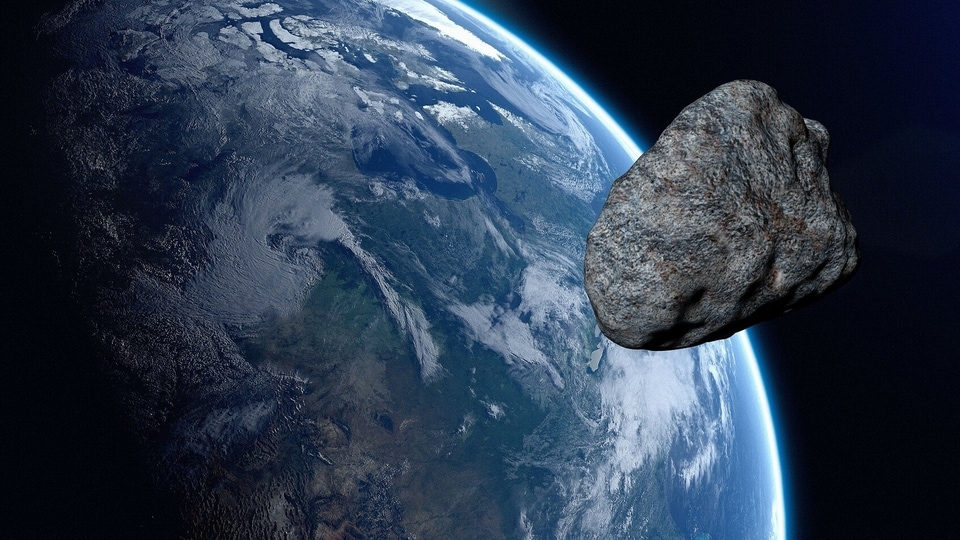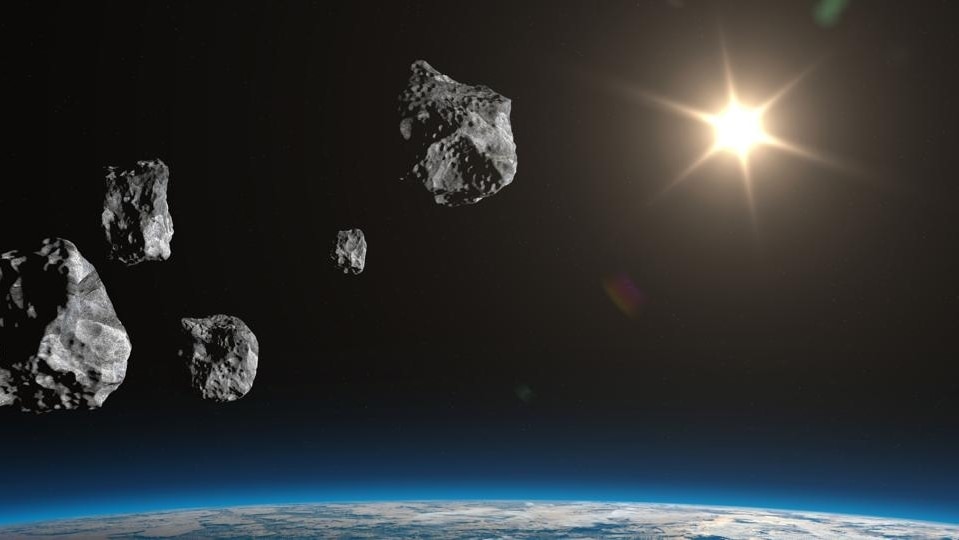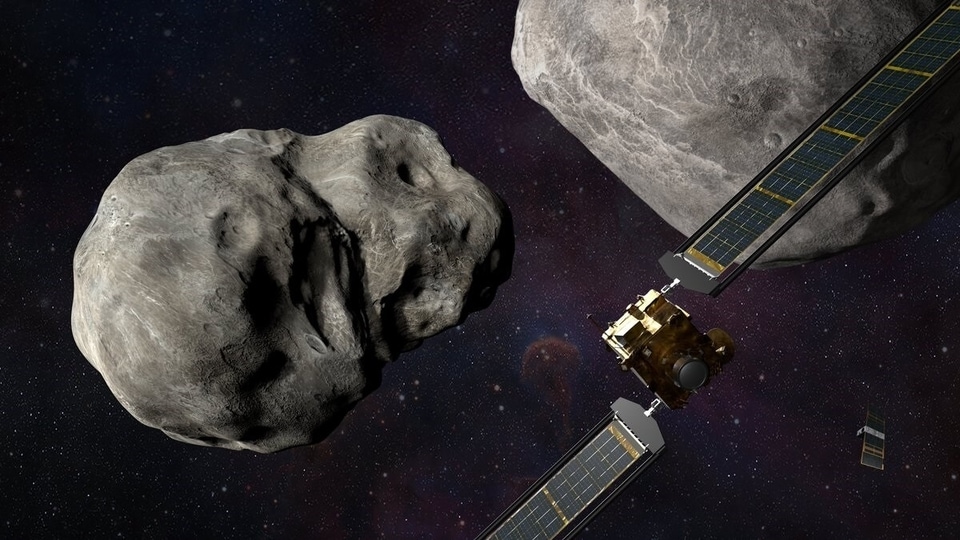NASA SunRISE mission: Satellites lined up for launch
NASA has readied the first small satellites to be used for the sunRISE mission.



_1638627105271_1638627118874.jpg)


 View all Images
View all ImagesThe NASA SunRISE mission, which stands for the Sun Radio Interferometer Space Experiment, is an upcoming mission expected to launch in 2024 to study and pinpoint how giant bursts of energetic particles originate from the Sun and evolve as they expand outward into space.
Now, NASA has rolled out the first small satellites which will be used in conjunction as individual radio sensors during this mission. Jim Lux, SunRISE project manager at NASA's Jet Propulsion Laboratory (JPL) in Southern California said, “It's really exciting to see the space vehicles coming together.”
What is the SunRISE mission?
According to NASA, the SunRISE mission will have a radio telescope in orbit with an array of six toaster-size CubeSats that will work together to study solar activity. The mission will observe low radio frequency emissions to better understand the generation of Solar Storms as well as other explosive space events. This research will help scientists forecast space weather, improve our understanding of how our Sun works, and may apply to studies of other stars.
NASA says the six CubeSats will span roughly six miles across and fly slightly above geosynchronous orbit at 22,000 miles from Earth's surface.
Joseph Lazio, SunRISE project scientist at NASA's Jet Propulsion Laboratory said, “The unique formation of the CubeSats gives us a detailed view of the Sun that will help us figure out how high energy particle radiation is initiated and accelerated near the Sun and how it affects interplanetary space.”
“Studying the radio waves that precede solar particle storms could potentially help us create an early warning system,” he further added.
Scientists will create a huge aperture radio telescope as wide as the distance between the small satellites are farthest in distance with the help of the small satellites via the Deep Space Network. Due to the SunRISE telescope being in space, it will be able to observe the wavelengths that are generally impossible to observe from Earth because of the presence of the Ionosphere.
It will enable scientists to pinpoint bursts of solar radio and in turn, create 3D maps and pinpoint the exact location of the event. Justin Kasper, SunRISE principal investigator at the University of Michigan in Ann Arbor said, "These high-energy solar particles can jeopardise unprotected astronauts and technology. By tracking the radio bursts associated with these events, we can be better prepared and informed.”
Catch all the Latest Tech News, Mobile News, Laptop News, Gaming news, Wearables News , How To News, also keep up with us on Whatsapp channel,Twitter, Facebook, Google News, and Instagram. For our latest videos, subscribe to our YouTube channel.





























